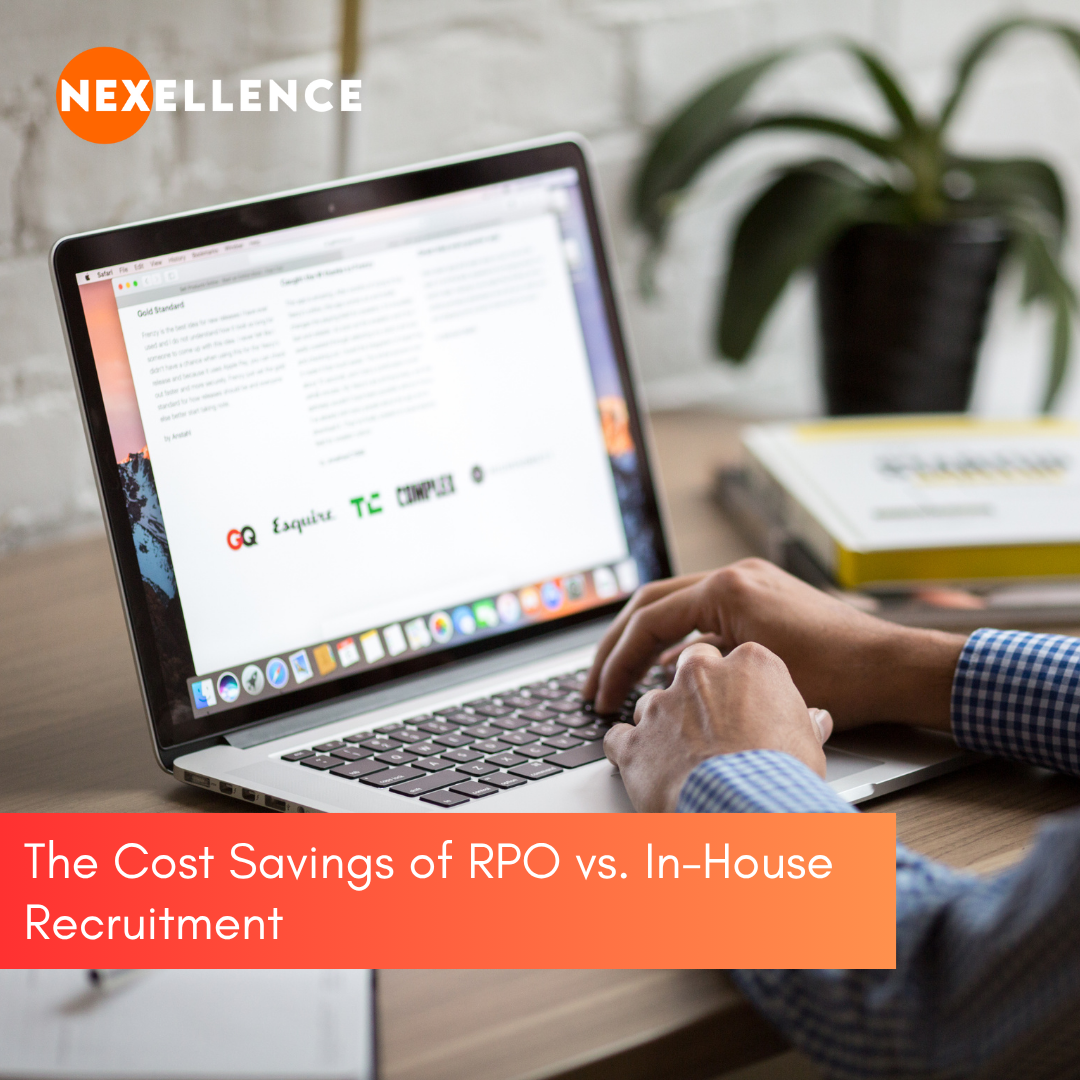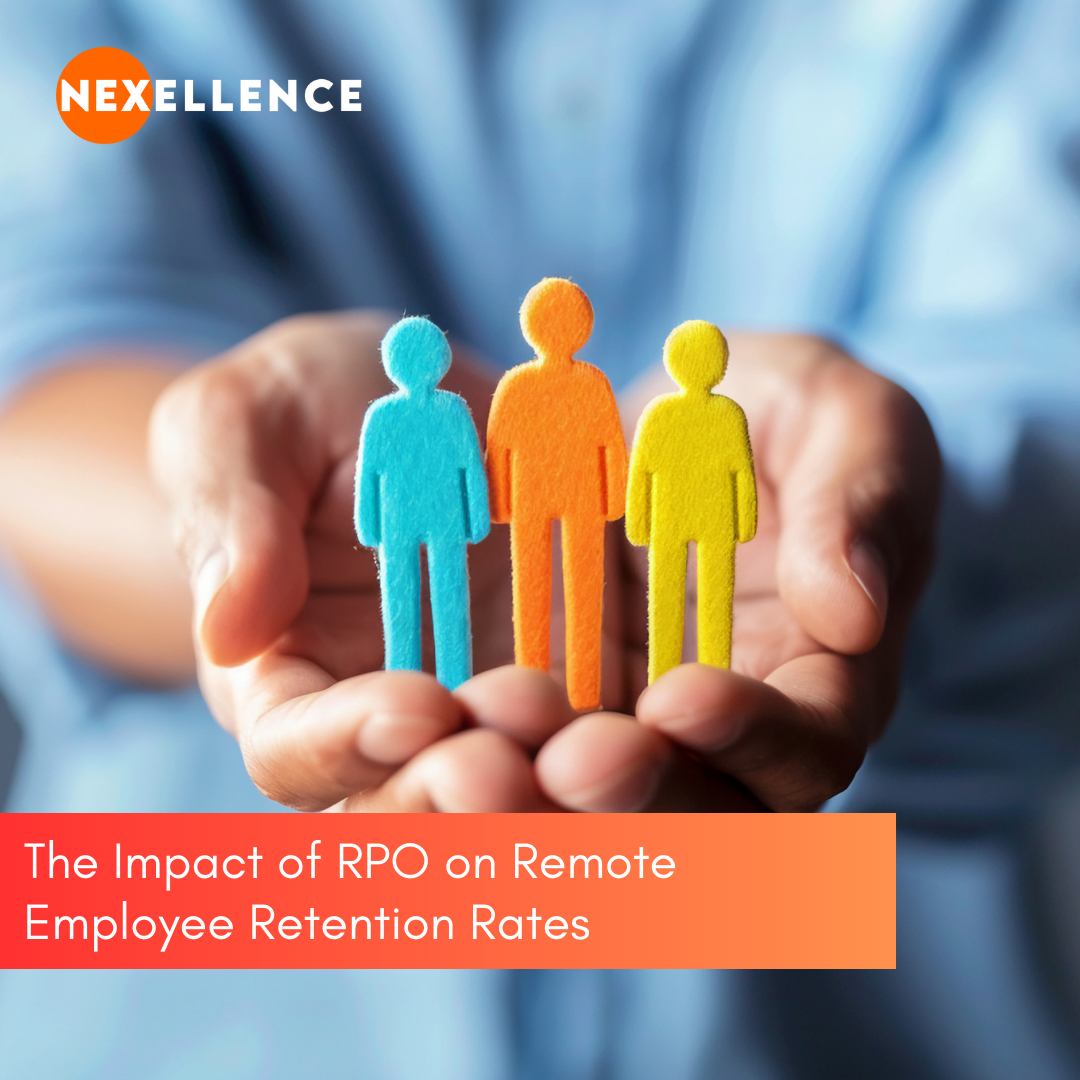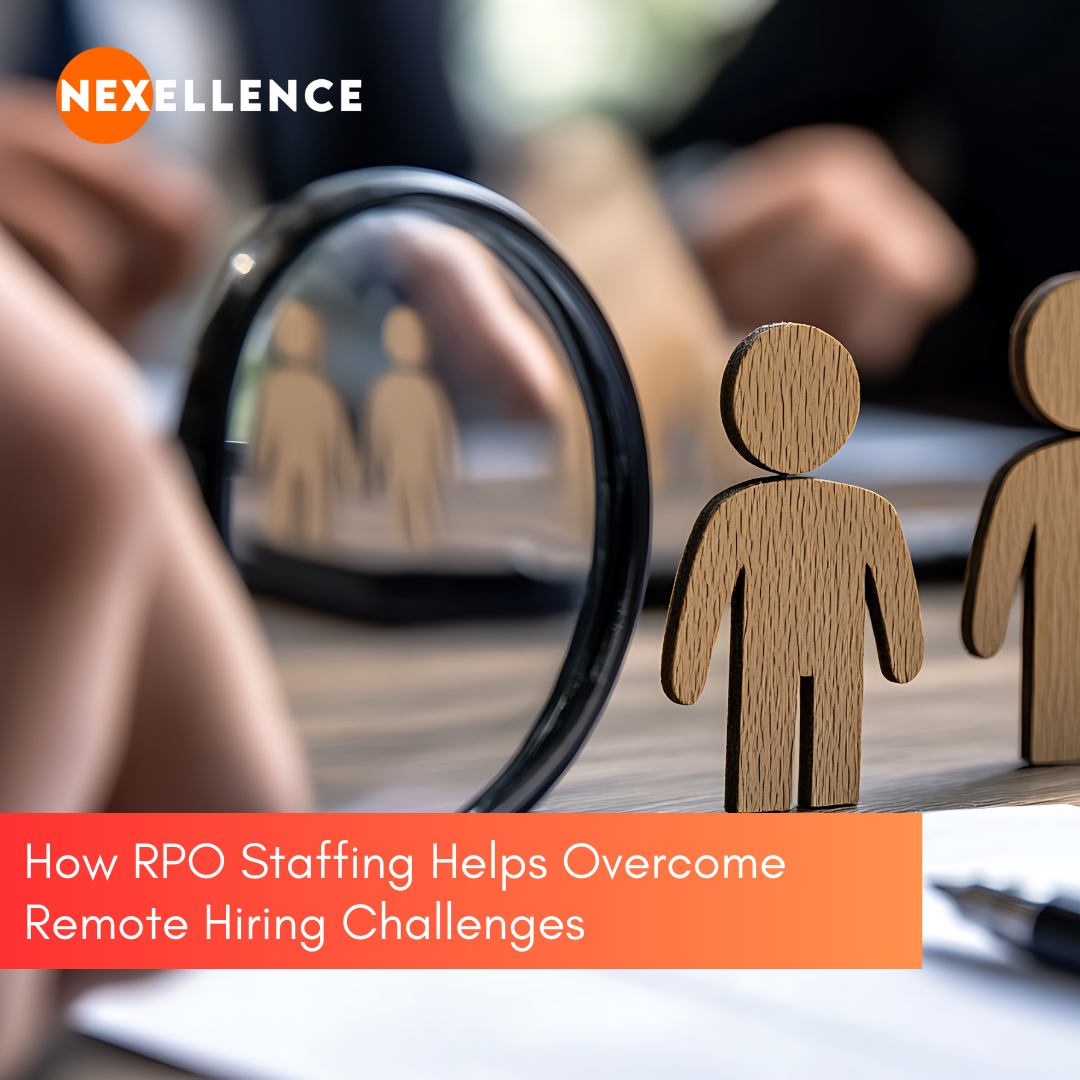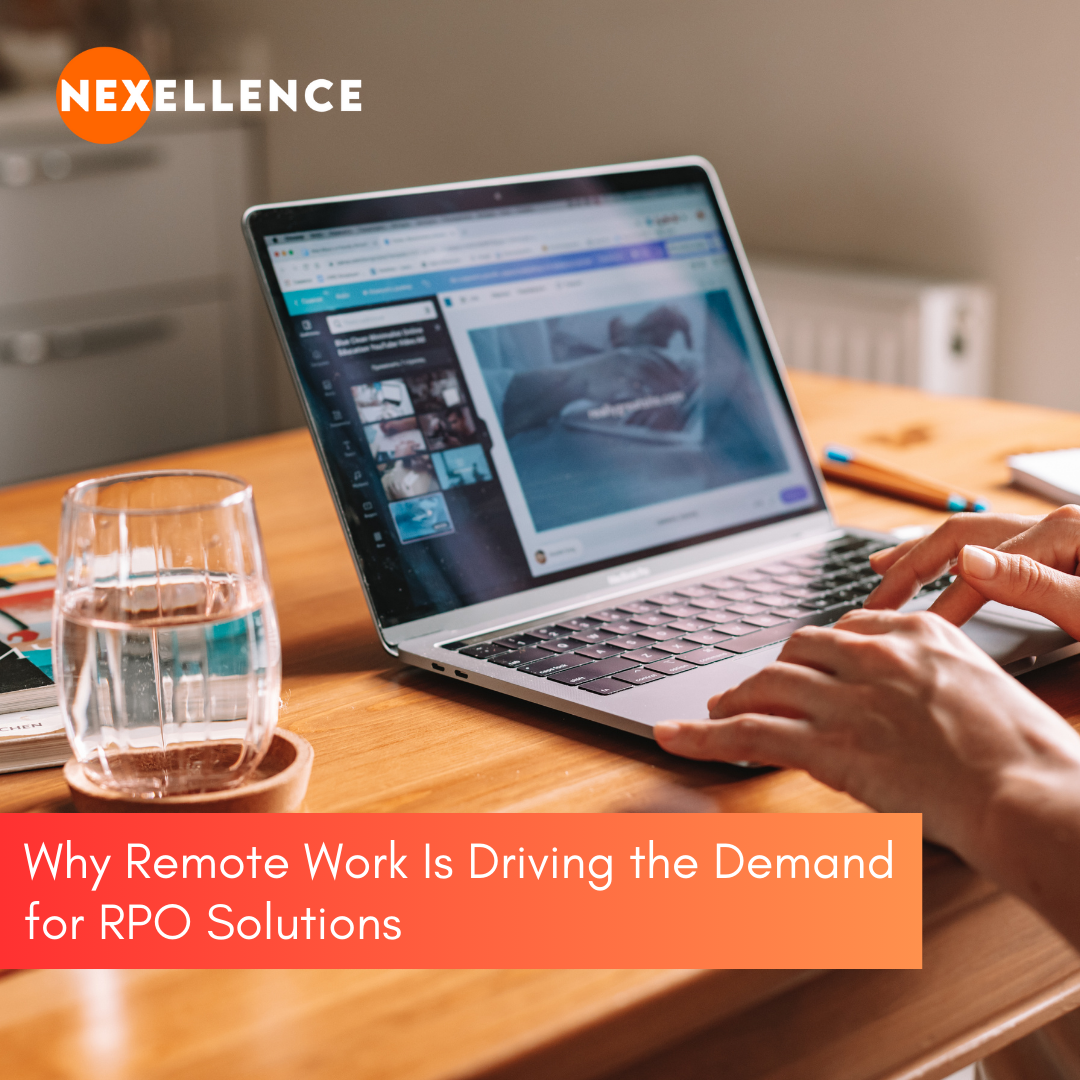Recruiting the right talent is critical to business success—but the cost of hiring can quickly escalate when handled inefficiently. Between sourcing candidates, managing job postings, conducting interviews, and onboarding, the time and money spent on recruitment can weigh heavily on internal resources.
That’s where Recruitment Process Outsourcing (RPO) comes into play. While many companies still rely on traditional in-house recruitment teams, others are discovering that outsourcing the hiring process can lead to significant cost savings and efficiency gains.
In this blog, we’ll break down the cost differences between RPO and in-house recruitment—and explore why more businesses are making the switch.
What Is RPO?
Recruitment Process Outsourcing (RPO) is a business strategy where a company delegates all or part of its recruitment processes to an external provider. These providers act as an extension of the internal HR team, using specialized tools, resources, and expertise to manage everything from sourcing to onboarding.
Comparing the Costs: RPO vs. In-House Recruitment
1. Fixed Overhead vs. Flexible Costs
- In-House Recruitment: Salaries, benefits, office space, software licenses, and training for HR staff are fixed costs—regardless of how many hires are made in a given period.
- RPO: Costs are usually variable and scalable. You pay based on hiring volume or performance metrics, meaning you only spend when you’re actively hiring.
2. Technology and Tools
- In-House: Investing in applicant tracking systems (ATS), job boards, assessment tools, and recruiting software can be expensive and underutilized.
- RPO: Most RPO providers come equipped with the latest recruitment technology, which is included in the service fee—eliminating the need for separate investment.
3. Time to Hire
- In-House: Longer hiring cycles can result in productivity loss, increased workload on existing staff, and potentially lost revenue.
- RPO: With streamlined processes and a ready talent pipeline, RPO providers often reduce time-to-hire significantly, which directly translates into cost savings.
4. Cost per Hire
- In-House: When accounting for salaries, infrastructure, and indirect costs, internal hiring can have a higher cost-per-hire, especially for companies that recruit sporadically.
- RPO: The cost-per-hire tends to be lower due to volume-based efficiencies, centralized sourcing strategies, and negotiation power with job platforms.
5. Scalability and Flexibility
- In-House: Scaling an internal team up or down is slow and expensive, especially in fluctuating markets.
- RPO: RPO models are inherently scalable, allowing businesses to quickly adjust recruitment efforts without the need for hiring or laying off HR staff.
Hidden Costs of In-House Recruitment
Many businesses underestimate the indirect costs associated with in-house hiring:
- Time spent by hiring managers and executives
- Opportunity cost of slow hiring decisions
- Bad hires due to rushed or ineffective screening
- High turnover rates when recruitment isn’t optimized
RPO providers typically offer metrics-driven hiring, improving quality of hire and reducing turnover—saving even more in the long term.
Real-World Example
A mid-sized tech firm estimated their in-house hiring cost at $7,500 per hire, factoring in salary, overhead, time spent, and advertising. After switching to an RPO partner, their average cost-per-hire dropped to $4,200, and time-to-fill roles was reduced by 35%.





